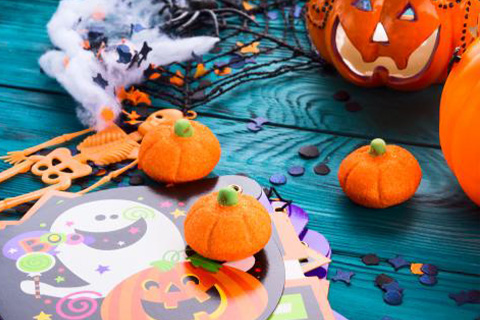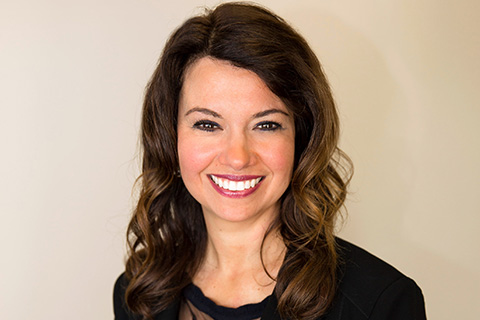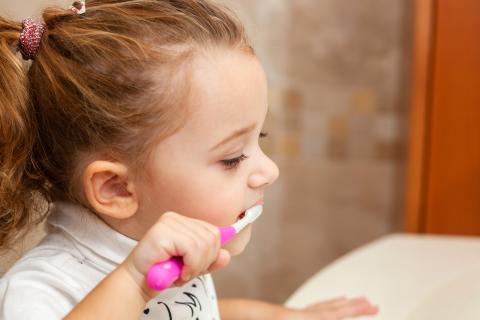It’s been an unusual year. While we are all weary of the restrictions due to COVID-19, we still need to enter the holiday season with caution. If your community allows door-to-door trick or treating, here are 15 quick tips for maintaining children’s teeth and health.
1. Agree on a Plan
To be safe, kids must agree to trick-or-treating with a small group of siblings or friends, stay at least six feet away from others, wear a mask, not dip their hands in community candy bowls and absolutely not unwrap or eat any candy while en route.
2. Consider Alternative Activities
What about creating a Halloween family night by making sugar cookie cutouts of pumpkins and ghosts and creatively decorating them? While they are baking, perhaps parents can conduct a candy treasure hunt around the house as children read clues about the candy hideouts? With the threat of COVID-19 still very much alive, kids can have a ball wearing costumes, making delicious cookies and discovering stashes of candy.
3. Hide the Sweets
Whether kids amass candy at home or in the neighborhood, parents should have some control over when the candy is consumed to prevent dental disasters, over consumption and mouths full of bacteria. When the goodies are out of sight, you help limit temptation. Also, most infectious disease experts note that holding the candy at home for a day ensures that no COVID-19 germs have survived.
4. Agree on the Best Time to Consume Candy
Let’s face it: we all hoarded candy when we were kids. We’d hide in the basement or behind the garage and indulge in our stash. We didn’t even think about at least washing the sugar away with some gulps of water. How about negotiating with the kids the best times to eat their candy haul? Some families allow kids to pick out two items for their lunch box and additional pieces for after-dinner dessert. There’s a good reason to eat candy after a meal. Since saliva production increases during meals, it helps eliminate the acids produced by bacteria in the mouth and rinse away food particles.
5. Beware of Bacteria
The true news is that it’s really not the candy itself that causes tooth decay. It’s the bacteria that develops due to the sugar. Bacteria enjoys sugar as much as your child adores candy. Unfortunately, the bacteria produces the erosive acids that cause tooth decay, cavities and gum disease. When kids know this, they tend to be a bit more cautious.
6. Maintain a Healthy Diet
As tempting as it may be, eating candy is no substitution for a meal. The nutrients from a balanced diet help keep the body, gums and teeth strong. Parents can make a deal; kids eat portions of vegetables and other nutritious food offerings, and Halloween candy can be their dessert. The worst thing you can do is swipe a Snickers from a candy bowl for a mid-day snack and let the sugar linger in your mouth until tooth brushing time. Try to avoid those sweet snacks.
7. Drink Lots of Water
We always want to be hydrated to maintain a healthy body. Water is also a Halloween necessity. When you are hydrated you have plenty of saliva to wash away all that harmful bacteria lingering in your mouth from the sugar. The best way to deal with Halloween candy sugar is to drink water, rinse and repeat. Maybe you can even sing it as a jingle with the kids. If “Baby Shark, doo, doo, doo doo” can become a hit, why not “drink, rinse, repeat.”
8. Stay Away from Sugary Beverages
This includes soda, sports drinks and flavored waters. When teeth come in frequent contact with beverages that contain sugar, the risk of tooth decay is increased.
9. Crack Down on Hard Candy
Avoid hard candy and other sweets that stay in your mouth for a long time. Unless it is a sugar-free product, candies that remain in the mouth for a long period of time subject teeth to an increased risk for tooth decay. Also noteworthy is that biting down on hard candy can lead to a disaster such as a cracked tooth.
10. Avoid Sticky Situations
Be picky if it’s sticky! Sticky candies cling to your teeth. The stickier candies, like taffy, caramel and gummy bears, take longer to get washed away by saliva, thus increasing the risk for tooth decay.
11. Praise Chocolate
Chocolate is probably your best dental-friendly treat, which is helpful since it’s also one of the most popular kinds of candy handed out on Halloween. Chocolate is one of the better candies because it washes off your teeth easier than other types of treats. Dark chocolate also has less sugar than milk chocolate.
12. Chew Gum
According to the American Dental Association, chewing sugarless gum for 20 minutes after meals helps reduce tooth decay, because increased saliva flow helps wash out food and neutralize the acid produced by bacteria. You might even want to think about giving out sugarless gum as a treat instead of candy.
13. Brush Twice a Day
Dentists can’t say this enough. Brush your teeth twice a day for two minutes with a fluoride toothpaste. Remember, replace your toothbrush every three or four months, or sooner if the bristles are frayed. A worn toothbrush won’t do a good job of cleaning your teeth.
14. Clean Between Your Teeth
You knew this one was coming. Floss your teeth once a day. Decay-causing bacteria get between teeth where toothbrush bristles can’t reach. Flossing helps remove plaque and food particles from between the teeth and under the gum line.
15. Wash Your hands
Be sure to wash your hands before departing for the evening and try not to touch any gates, door knobs or door bells along the way. Wash your hands when you return home.
Wishing all families a safe and tooth-healthy Halloween.
Dr. Shelley Shearer is a graduate of the University of Louisville Dental School and founder of Shearer Family and Cosmetic Dentistry in Florence, the largest all-female dental practice in Northern Kentucky.



